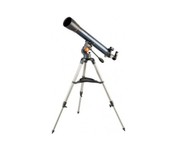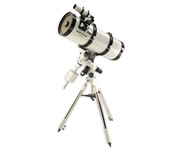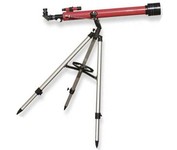Products reviews
Celestron AstroMaster 90AZ (50 x 90mm) Telescope$199.00 to $270.00
Tags:celestron, astromaster, 90az, 50, x, 90mm, telescope, | Meade LXD75 SN-8 AT (08047502) (500 x 203mm) Telescope$1,199.00 to $1,290.00
Tags:meade, lxd75, sn-8, at, 08047502, 500, x, 203mm, telescope, | Carson Optical SkyWatcher™ JC-1000 (100 x 60mm) Telescope$47.00 to $108.00
Tags:carson, optical, skywatcher, jc-1000, 100, x, 60mm, telescope, |
Bushnell Voyager 78-9945 Telescope
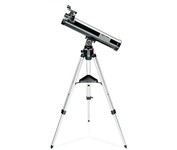
This telescope truly is the ultimate first telescope. The Sky Tour handset will actually speak, giving you a personal real-time tour of the night sky each and every night. Each tour object will include directions associated with it to allow you to quickly find the object with your telescope.
Bushnell NorthStar 78-8831 (525 x 76mm) Telescope
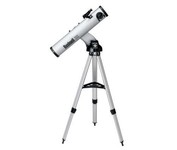
A "talking" high power reflector telescope. Up to 525x magnification and 3-inch reflector mirror. With the touch of a button this talking telescope describes the wonders of the night sky in a real human voice - an interactive and educational way to explore the universe. "Goto" Computerized tracking technology. Red Dot LED finderscope. Remote hand-held control module. Camera adaptable. Quick release tripod. Kinematic mount. Accessory tray. 20,000 Object Onboard Starfinding Computer. 1.25" Format Eyepieces. Barlow Lens. A great starting telescope!Minimize
Celestron PowerSeeker 70 EQ 21037 (35 x 70mm) Telescope
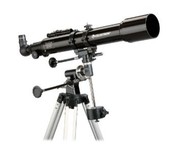
Celestron’s PowerSeekers include a full range of eyepieces plus a 3x Barlow lens that provides an increase in viewing power hundreds of times greater than that of the unaided eye!
Celestron AstroMaster 114 AZ (50 x 114mm) Telescope
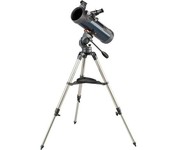
Designed for the novice user, the Celestron® AstroMaster™ 114 AZ telescope features a alt-azimuth mount with a convenient pan handle with built-in clutch for easy targeting and smooth motion perfect for watching whales, spotting birds, viewing nature or checking out your favorite star or planet. The compact, portable design with ample optical performance will excite any newcomer to the world of amateur astronomy.Minimize
